Changing how buildings are made
Kinga Pabjan, project manager for Team WashU at the 2018 Solar Decathlon China, discusses Lotus House, 3D printing and the future of sustainable design
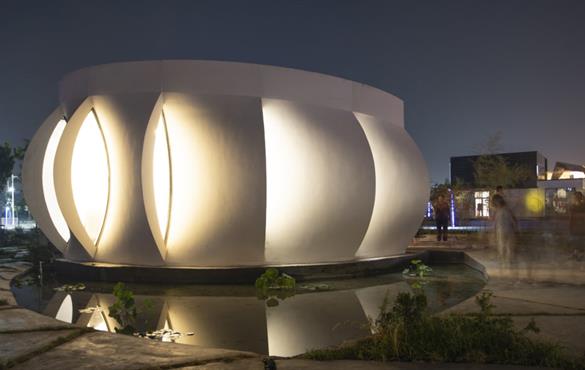
Kinga Pabjan discusses Lotus House, 3D printing and Team WashU at Solar Decathlon China
From consumer goods to medical devices, 3D printing is reshaping the manufacturing world. But what about construction? Could this technology change the way buildings are made?
That’s the question posed by a team from Washington University in St. Louis. Over the past eight months, students from the Sam Fox School of Design & Visual Arts and the School of Engineering & Applied Science — with support from the International Center for Energy, Environment and Sustainability (InCEES) — have used 3D printing to design and fabricate elements of Lotus House, an energy-efficient prototype residence unveiled this month as part of Solar Decathlon China 2018.
In this Q&A, project manager Kinga Pabjan, a master’s candidate in architecture and construction management, discusses Lotus House, 3D printing and the future of sustainable construction.
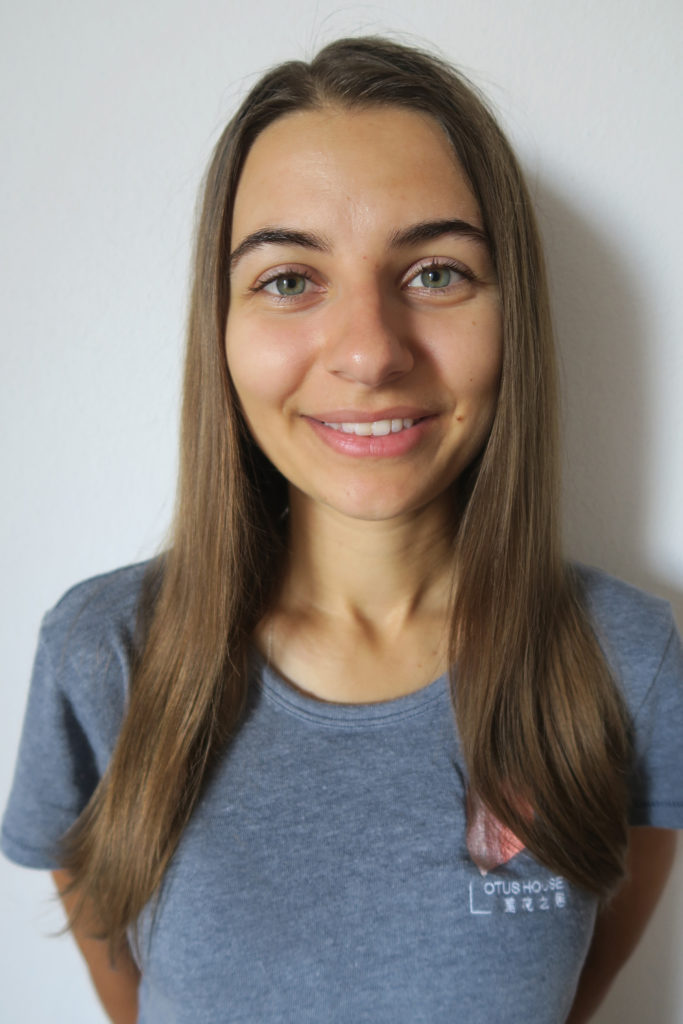
Describe Lotus House. What inspired the design?
Lotus House is a 650-square-foot, single-story home. The exterior is composed of curved, overlapping panels, arrayed around a central axis like a blossoming flower.
We were inspired by the beauty, delicacy and cultural importance of the lotus. But we didn’t start with the lotus. Our initial intention was to use emerging technologies, particularly additive manufacturing, to create organic form. We wanted to challenge the possibilities of 3D printing.
The circular footprint is very striking.
We had the only non-orthogonal design in the competition. But traditionally, corners are poorly used. A circular building limits wasted space.
We also wanted to create an open environment that allows for natural human circulation and promotes healthy feng shui. The floor plan suggests the cycle of daily living: coming home, preparing food, relaxing with others, readying for bed. Curved sliding doors enable occupants to maximize flexibility and change the spatial flow.
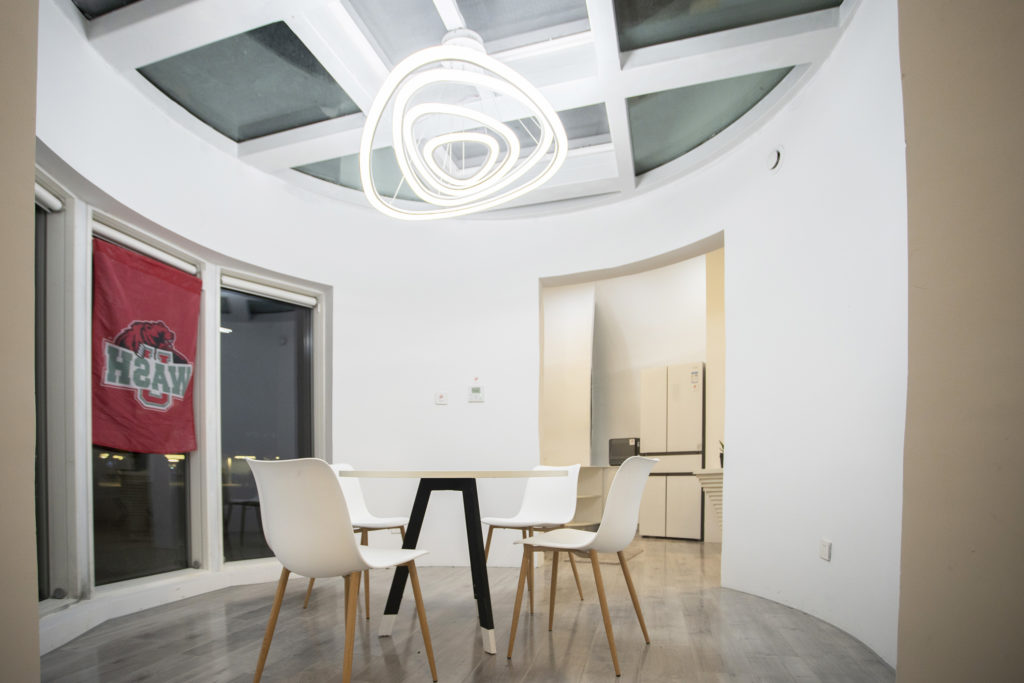
Solar Decathlon projects typically take years to design and construct, but Team WashU completed Lotus House in about eight months. How did you pull it off?
The majority of our team, including myself, participated in CRETE House, which Team WashU spent two years preparing for in 2017 at the U.S. Solar Decathlon in Denver. So we have some experience with design-build competitions. For Solar Decathlon China, we met twice a week, and more frequently near the end of the spring semester, when we were 3D printing furniture and wall samples.
Each student focused on a given task: landscape, furniture, interior, structure, etc. We typically worked in pairs, then brought what we produced to the group. Everyone would gather around a large table, with (faculty adviser) Hongxi Yin, to discuss and design together.
Then, the team had to figure out how to turn that design into reality. In St. Louis, we worked with Additive Engineering Solutions to produce furniture and a sample wall framework. In China, we spent five weeks working closely with Beilida to produce the walls and roof — and to finalize floors, HVAC, electrical systems, insulation and other parts — before construction began July 9.
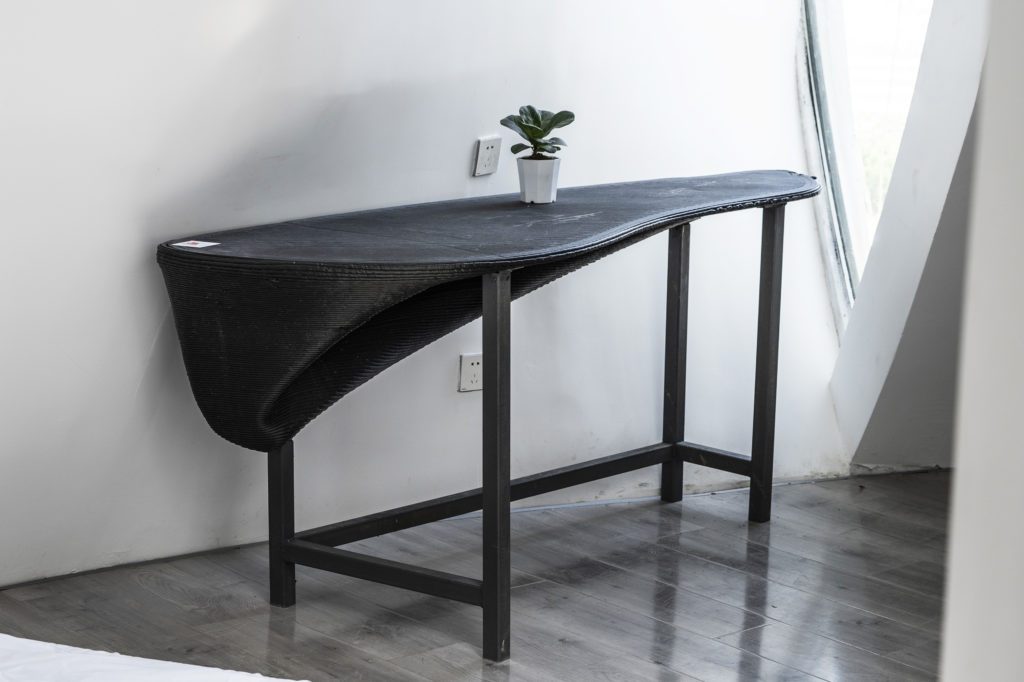
Team WashU used 3D printing to create custom formworks, which served as molds for the concrete side panels. What inspired that approach?
The sustainability benefits. A typical wooden formwork can only be reused two or three times before it’s tossed into a landfill. The initial price of a 3D-printed mold is higher, but it can be reused a hundred times. 3D-printed formworks also create far less waste, use a fraction of the energy and save time, since fabrication can begin as soon as the digital description is created.
And the design possibilities are practically unlimited! 3D-printed molds eliminate traditional manufacturing-process restrictions. Our exterior roof and wall panels have a unique parabolic design that carries organically to the interior. The panels fit together like overlapping petals.
As 3D printing becomes more affordable to the construction industry, I think we’ll see a lot more organic designs produced.
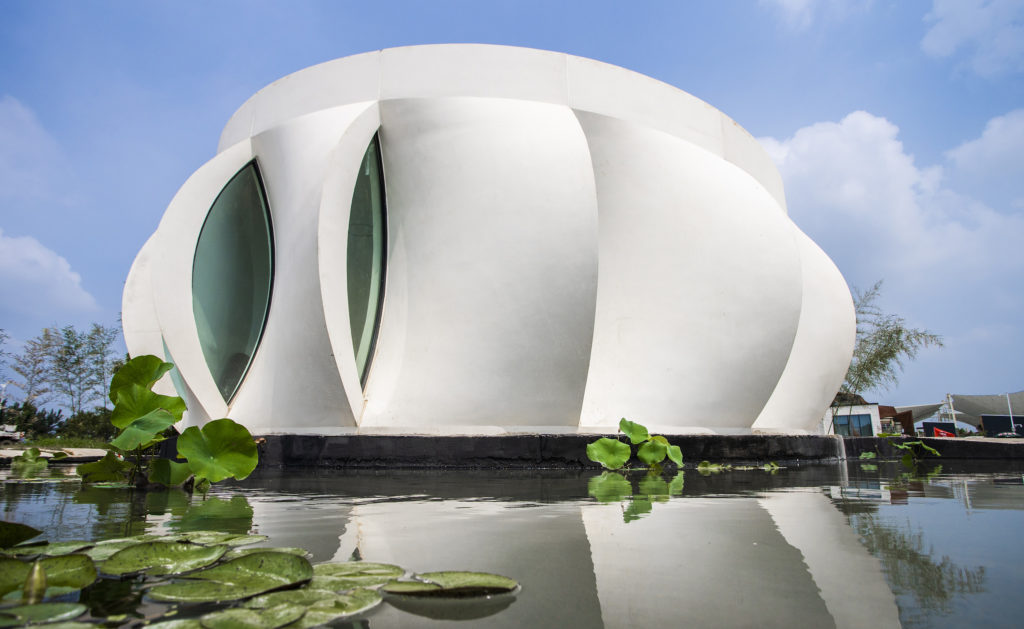
Are you proud of how the project turned out?
It has exceeded our expectations.
Lotus House is extremely ambitious in terms of the technologies used, the complexity of the form and the tight timeline. We also were trying to push the boundaries of what people are willing to do at Solar Decathlon. And after installing the first wall panel, we knew that it was going to be a success.
What has this experience taught you?
Architects typically don’t spend a lot of time on construction sites, and sometimes may not fully understand how a building is fabricated. So to have this hands-on experience was extremely rewarding.
At this stage in our careers, to be managing actual projects and construction jobs is just invaluable.



